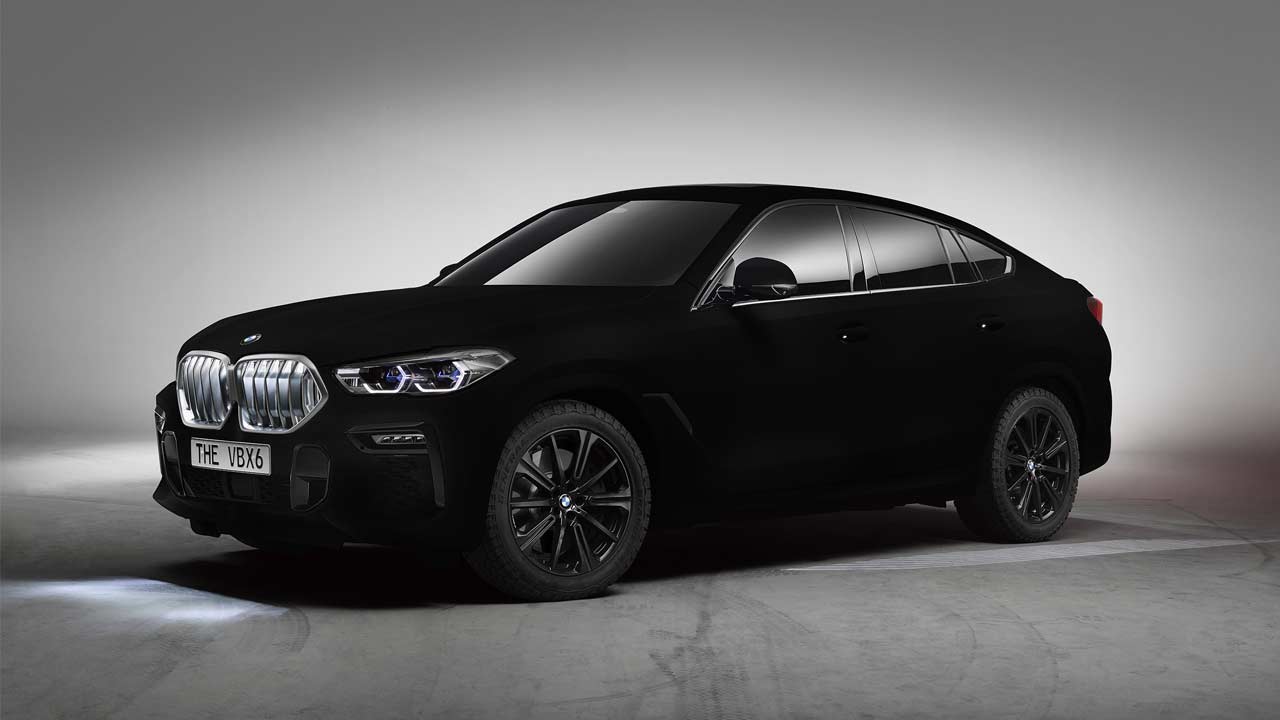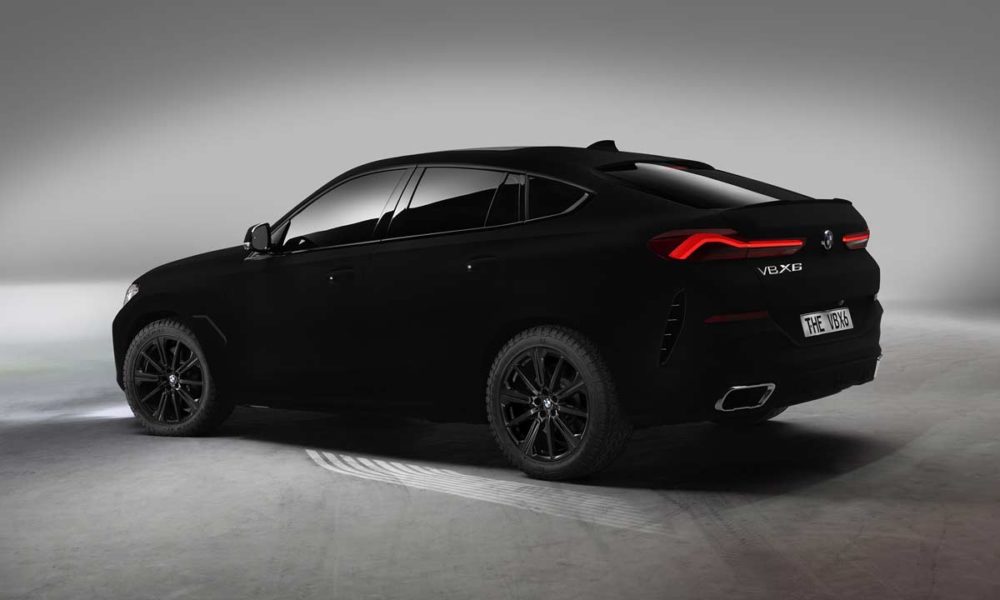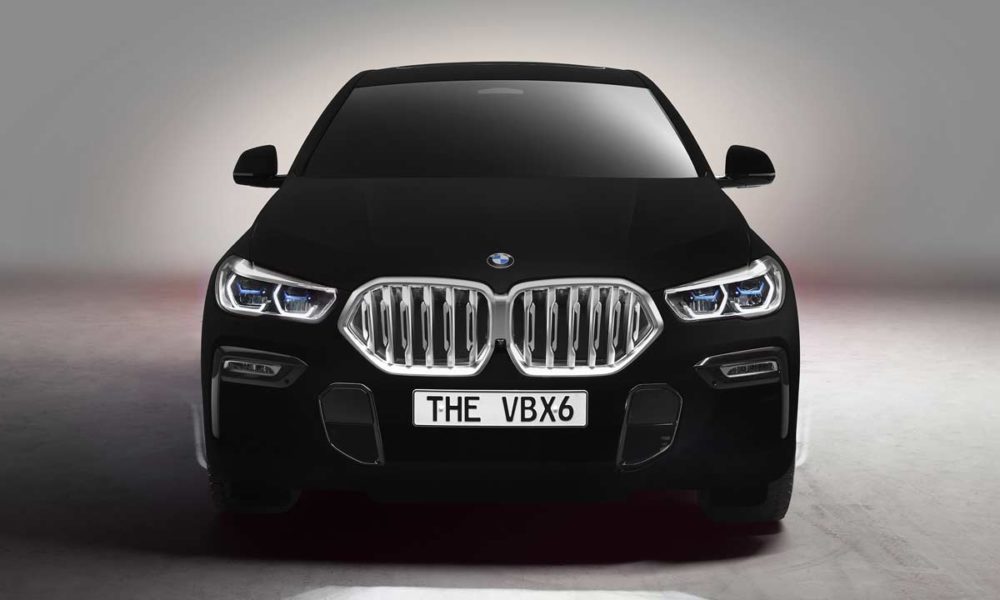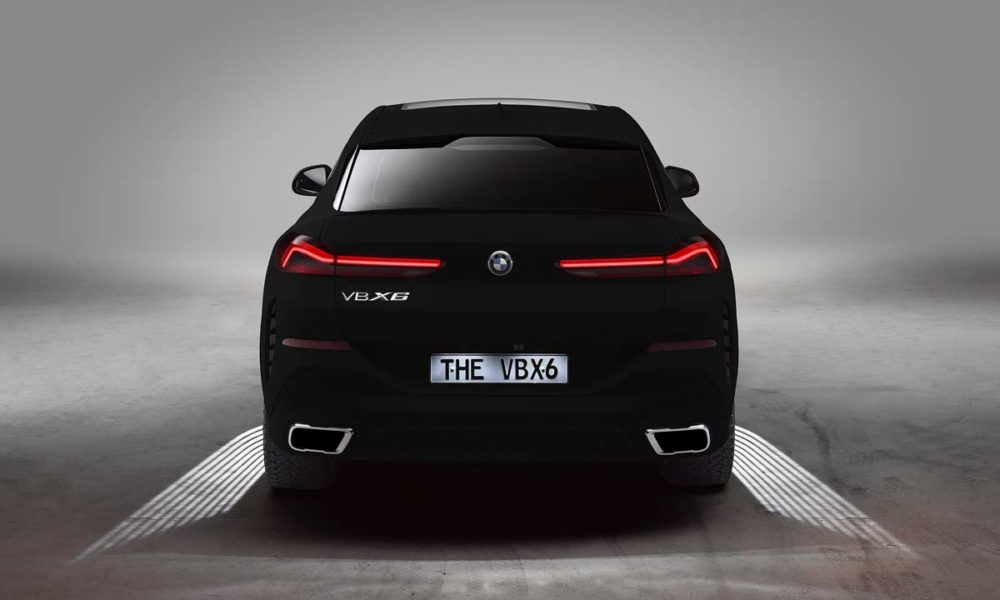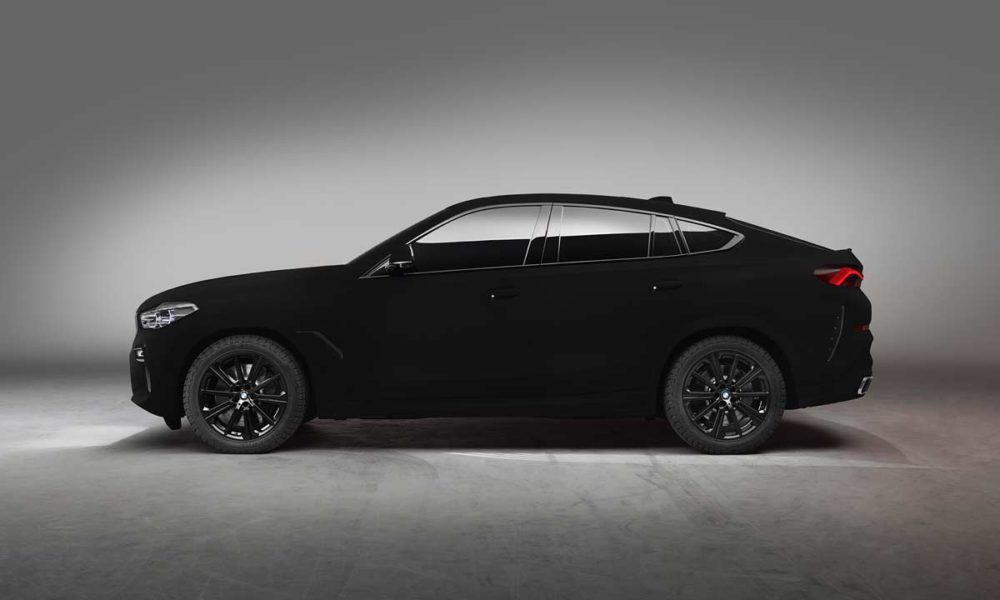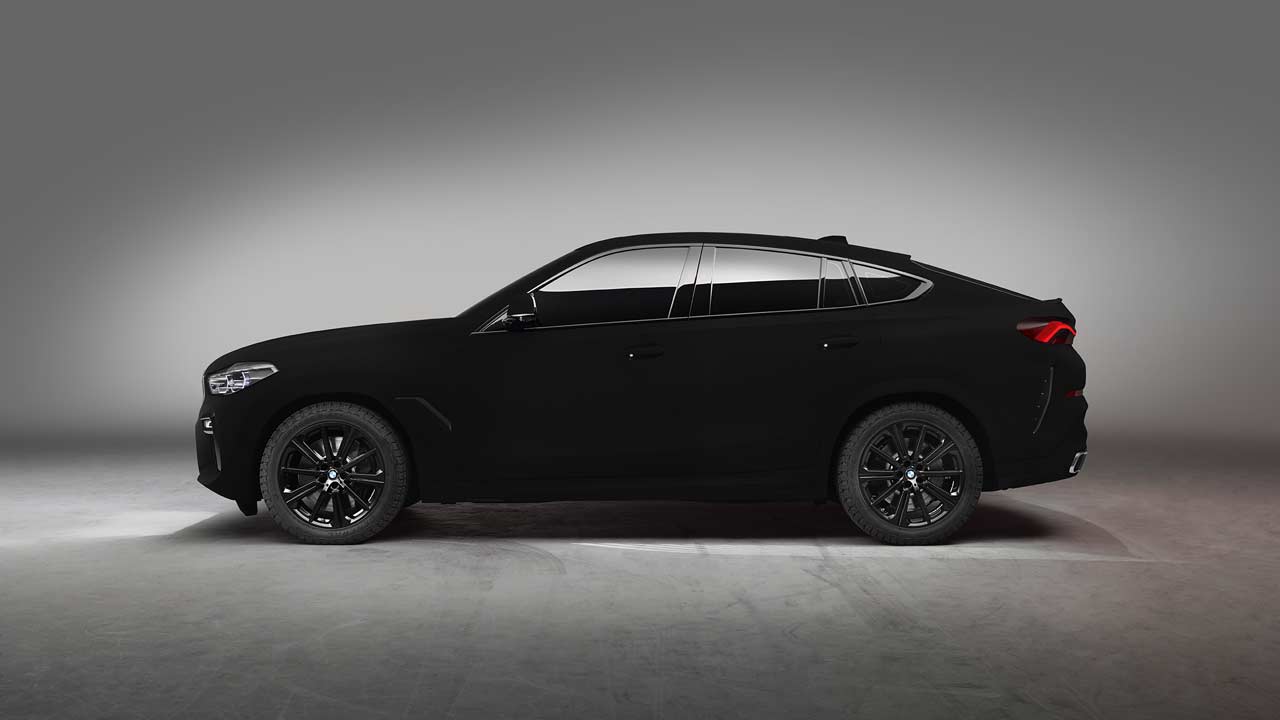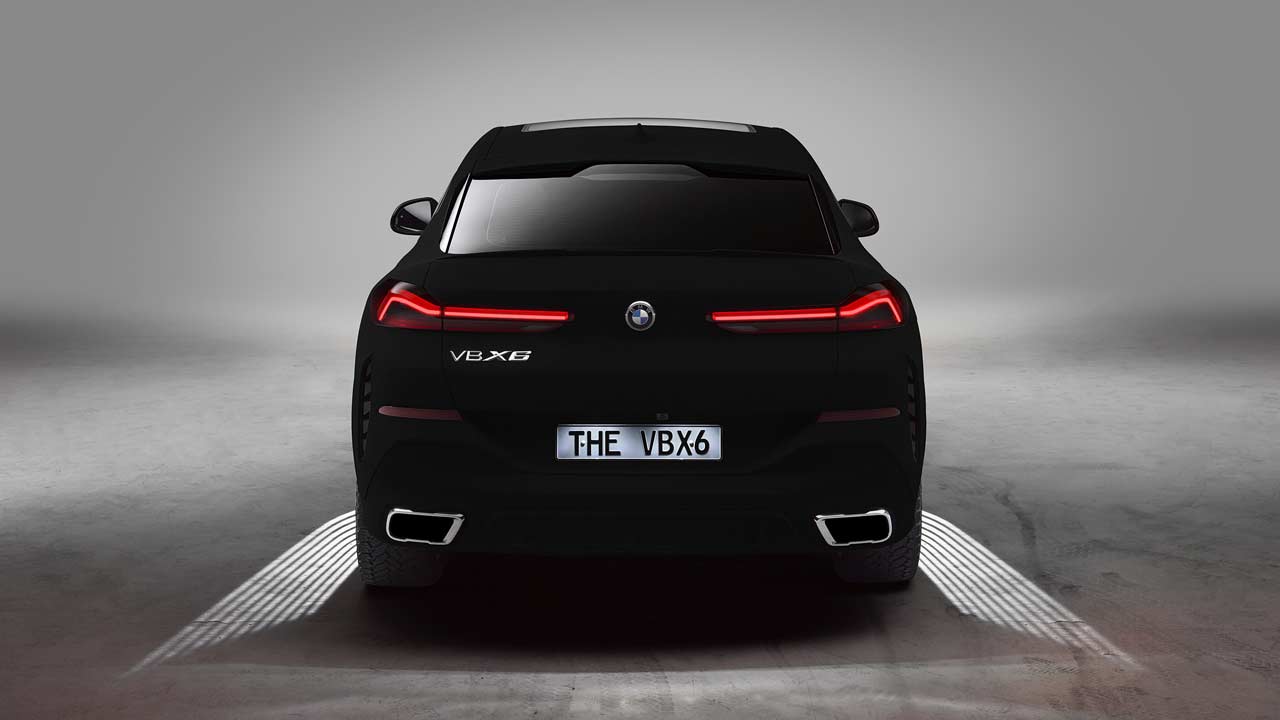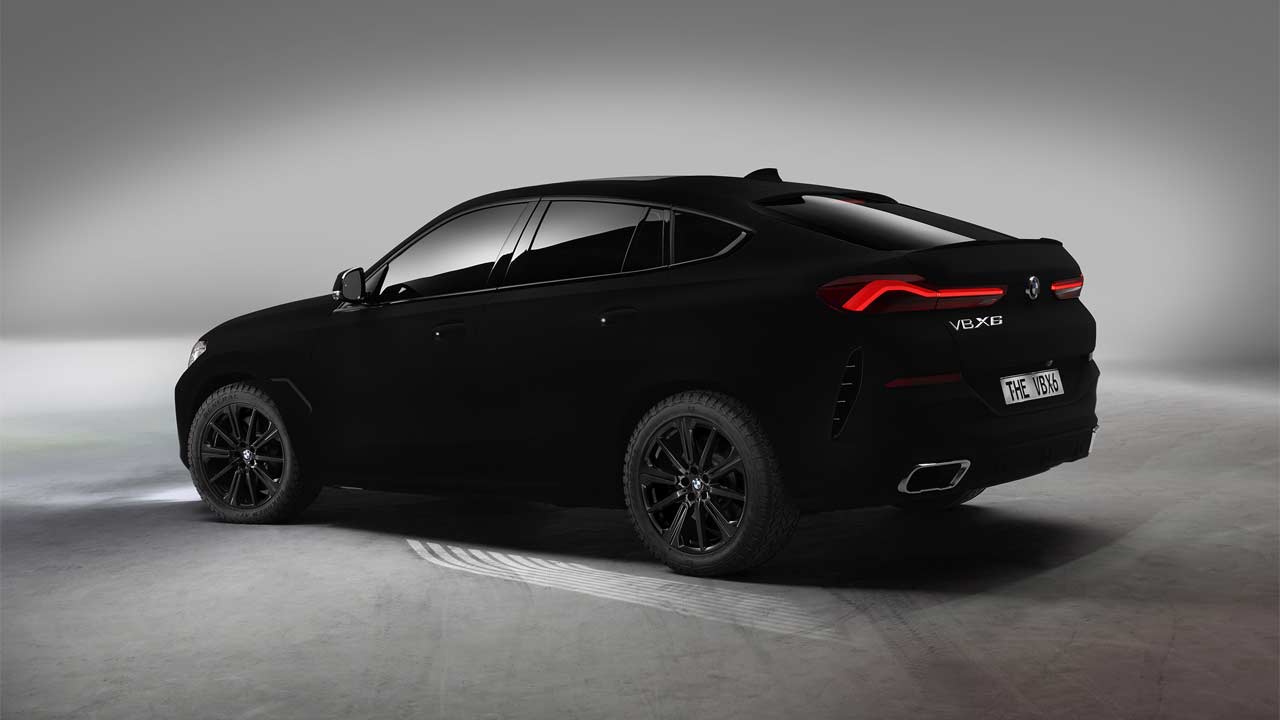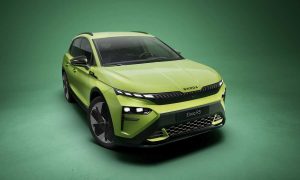Normally when shooting in a studio, automotive photographers use the best possible equipment, lighting, and reflectors to highlight the vehicle’s shapes and curves and get the best possible shots. Take a look at the 3 Series Touring‘s studio shots, for example. However, there’s one material which when applied to a vehicle, all of that equipment becomes worthless, regardless of how expensive it may be.
The material is called ‘Vantablack’, developed by a British company Surrey NanoSystems. Vantablack is an acronym for Vertically Aligned Nanotube Array black, and it is said to be the darkest manmade material in the world absorbing 99.965 percent of light. As the name suggests, it’s a thin film of carbon nanotubes (CNTs) directly grown on the surface of an object in a reactor chamber.
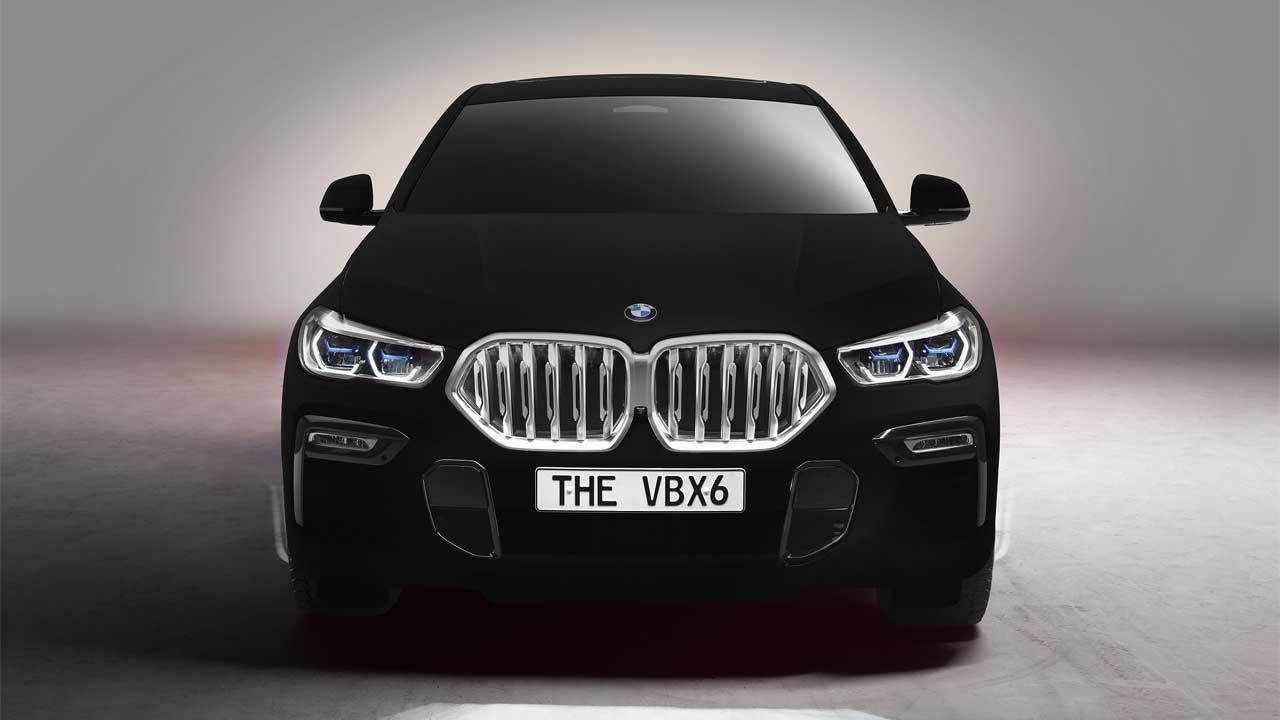
Apparently, each of these carbon nanotubes has a length of 14 to 50 micrometres, with a diameter of 20 nanometres, making it around 5,000 times thinner than a human hair. As a result, around a billion of these vertically aligned carbon nanotubes fit into one square centimetre. Any light striking this surface is almost completely absorbed rather than reflected, and effectively converted into heat.
Which is why any surface coated in Vantablack, appears to be 2D for a human eye since the material washes out all the design details and highlights. The objects painted with the said coating seem to lose their three-dimensional appearance.
Since the X6 can’t be put in a reactor chamber, it is coated in Vantablack VBx2 nanostructure paint finish. While the paint is still considered “super black”, it enables a small amount of reflection from every angle. This technology was initially developed for coating space-borne components to keep reflections at bay and help astronauts in their mission.
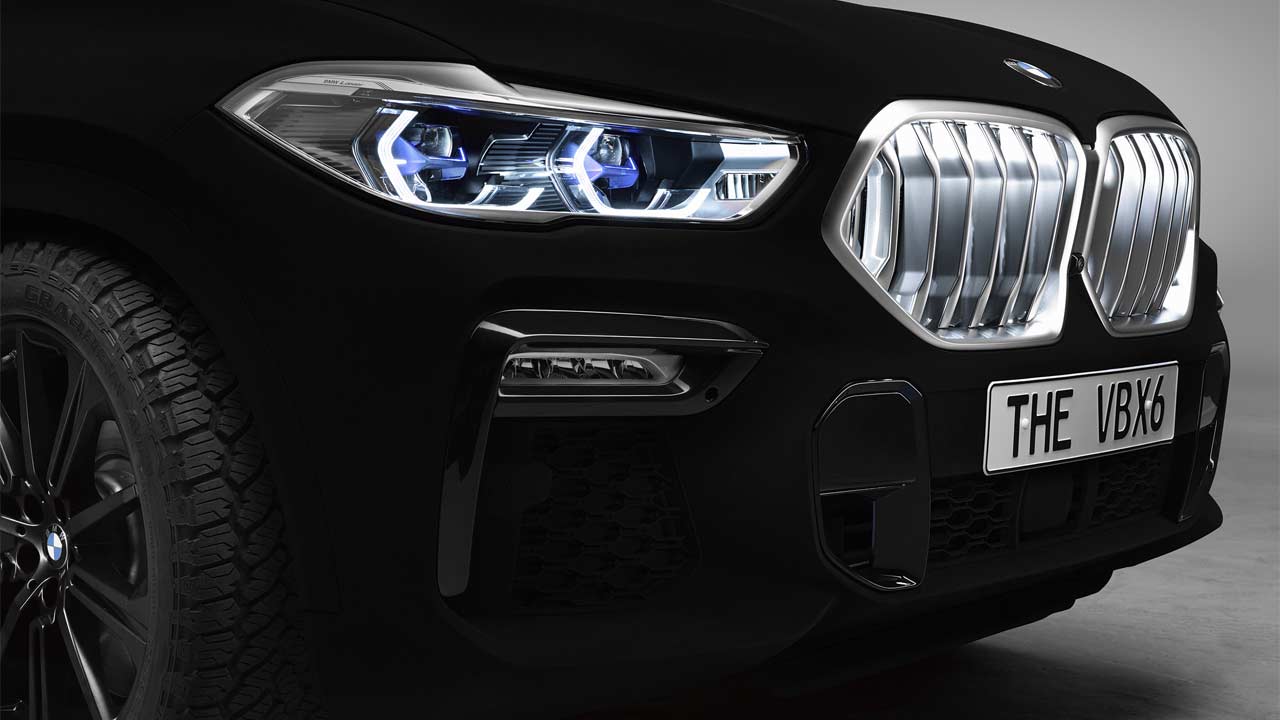
Now, you might be wondering why the X6 was applied with this technology. Remember the new X6 came with an optional illuminated kidney grille?
“We turned down numerous requests from various automobile manufacturers in the past,” says Ben Jensen, Founder and Chief Technical Officer of Surrey NanoSystems. “It took the BMW X6 and its unique, expressive design for us to entertain the idea”.
To be honest, we received inquiries from most of the big-name automotive manufacturers, almost from the day we launched the original material in 2014, but we’d always said no. This was also due to the fact that we only had a suitable material once we came up with VBx2. When we were approached by BMW, we were still quite hesitant to begin with. But the new X6 looked so incredibly different that it just felt like a really good fit. – Jensen

Leave a Reply
Note: Comments that are unrelated to the post above get automatically filtered into the trash bin.
